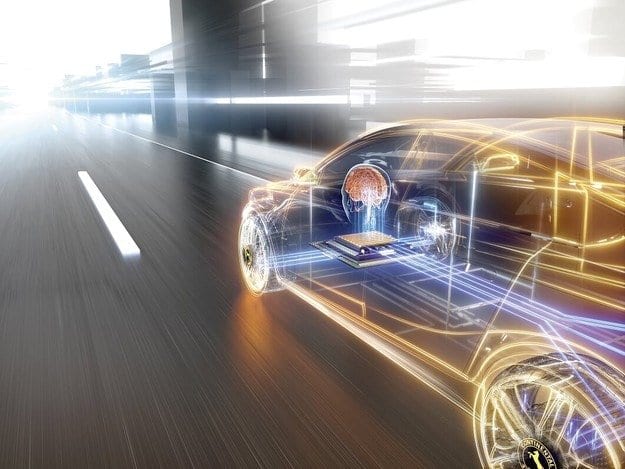
Continental test drive uses artificial intelligence

A tech company empowers cars with human capabilities
A basic requirement for state-of-the-art driving assistance and autonomous driving systems is a detailed understanding and accurate assessment of the road situation by the vehicle. To enable automated vehicles to take over in place of drivers, vehicles must understand the actions of all road users so that they can make the right decisions in different driving situations. During CES Asia, Asia's leading electronics and technology event, tech company Continental will unveil a computer vision platform that uses artificial intelligence, neural networks and machine learning to improve its sensor technology and empower a vehicle.
The system will use the new fifth generation of Continental's multifunctional camera, which will enter mass production in 2020, and will work with neural networks along with traditional computer images. The goal of the system is to improve understanding of the situation using intelligent algorithms, including determining the intentions and gestures of pedestrians.
“AI plays an important role in recreating human actions. Thanks to the AI software, the car is able to interpret complex and unpredictable situations – it sees not only what is in front of me, but also what could be in front of me,” says Carl Haupt, director of Advanced Driver Assistance System at Continental. “We see AI as a core technology for autonomous driving and an integral part of the future of cars.”
Just as drivers perceive their environment through their senses, process information with their intellect, make decisions and implement them with their hands and feet while driving, an automated car should be able to do it all in the same way. This requires that his abilities be at least the same as that of a human.
Artificial intelligence opens up new possibilities for computer vision. AI could see people and predict their intentions and gestures. “A car needs to be smart enough to understand both its driver and its surroundings,” says Robert Teal, head of machine learning at Advanced Driver Assistance Systems. An example illustrating the concept: an algorithm in an automated control system will only react when a pedestrian enters the roadway. The AI algorithms, in turn, can predict the pedestrian's intentions as they approach. In this sense, they are like an experienced driver who instinctively understands that such a situation is potentially critical and prepares to stop.
Just like people, AI systems need to learn new abilities - people do this in driving schools, in AI systems through "supervised learning". To evolve, the software analyzes vast amounts of data to extract successful and unsuccessful action strategies.
2020-08-30
